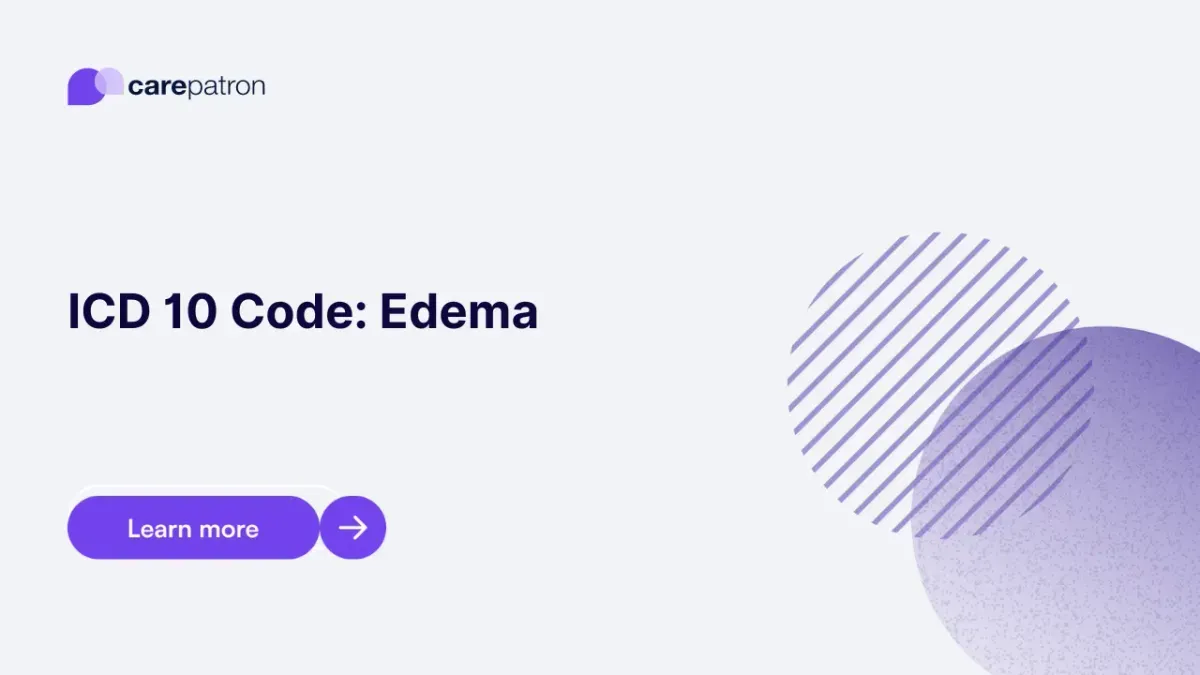
Edema ICD-10-CM Codes
Learn about edema ICD-10-CM codes (R60.0–R60.9), fluid retention types, causes like heart failure, and proper coding of localized and generalized edema.
Use Code
Commonly asked questions
Yes, there are additional ICD-10-CM codes that describe specific subtypes of edema, such as pulmonary edema (J81.0), cerebral edema (G93.6), and macular edema (H35.81). These specific codes are used when the fluid accumulation affects particular organs or body systems, offering more accurate coding based on the affected area.
Edema can result from various underlying conditions such as heart failure, kidney disease, venous insufficiency, liver cirrhosis, or infection. It may also occur due to pregnancy, medication side effects, or birth injuries, particularly when there's impaired fluid drainage or abnormal clinical response in the body.
Treatment for edema focuses on managing the underlying cause, such as prescribing diuretics for fluid retention in heart failure or addressing venous insufficiency with compression therapy. In some cases, lifestyle changes, medication adjustments, or treating associated diseases can reduce swelling and relieve discomfort.
EHR and practice management software
Get started for free
*No credit card required
Free
$0/usd
Unlimited clients
Telehealth
1GB of storage
Client portal text
Automated billing and online payments
